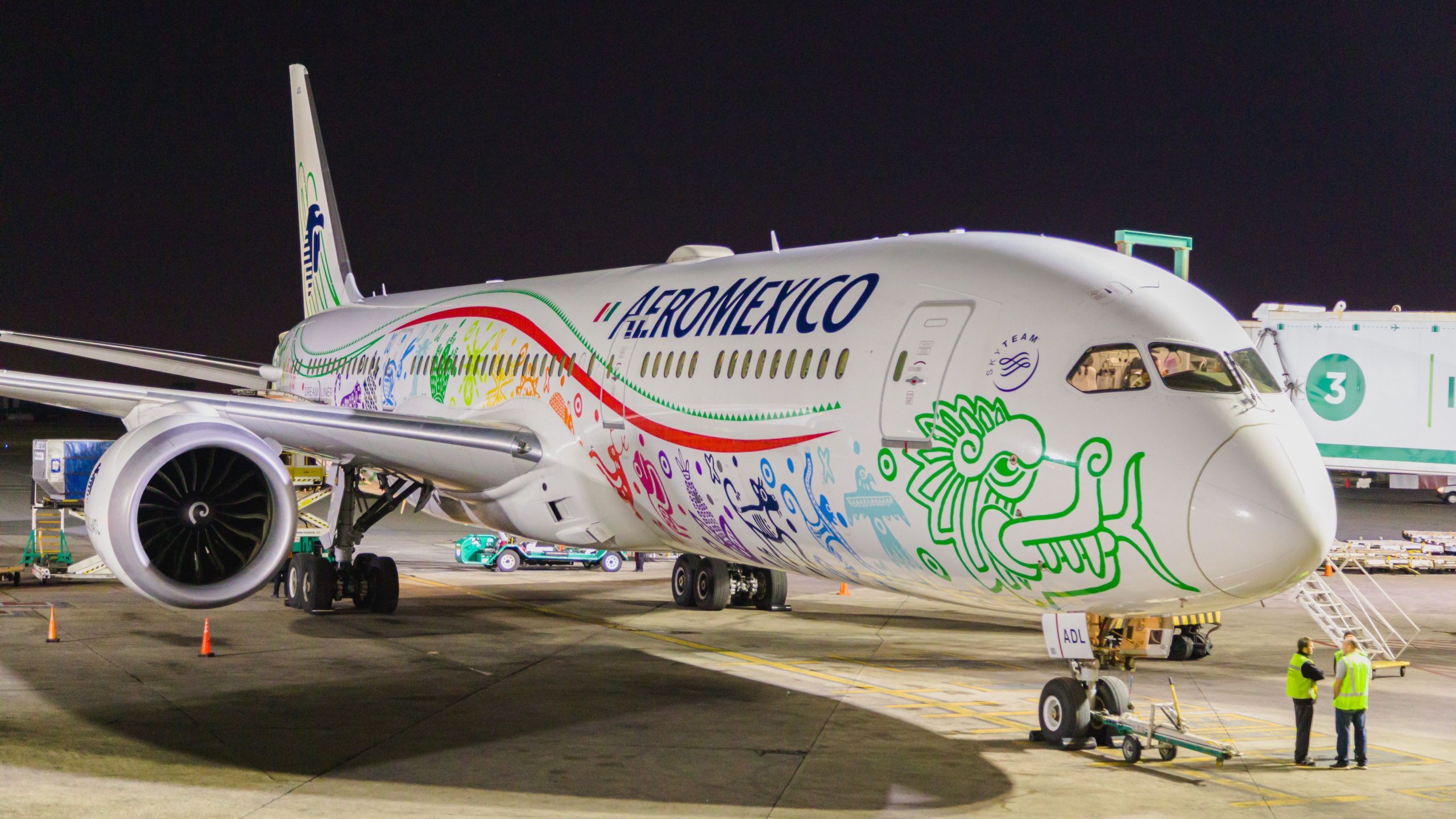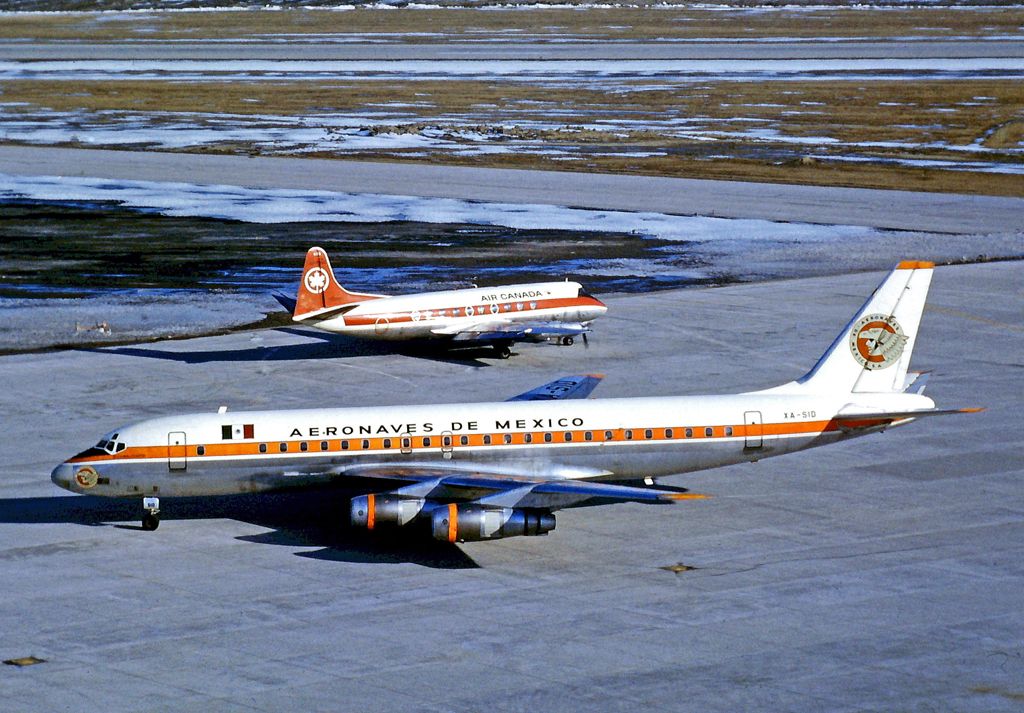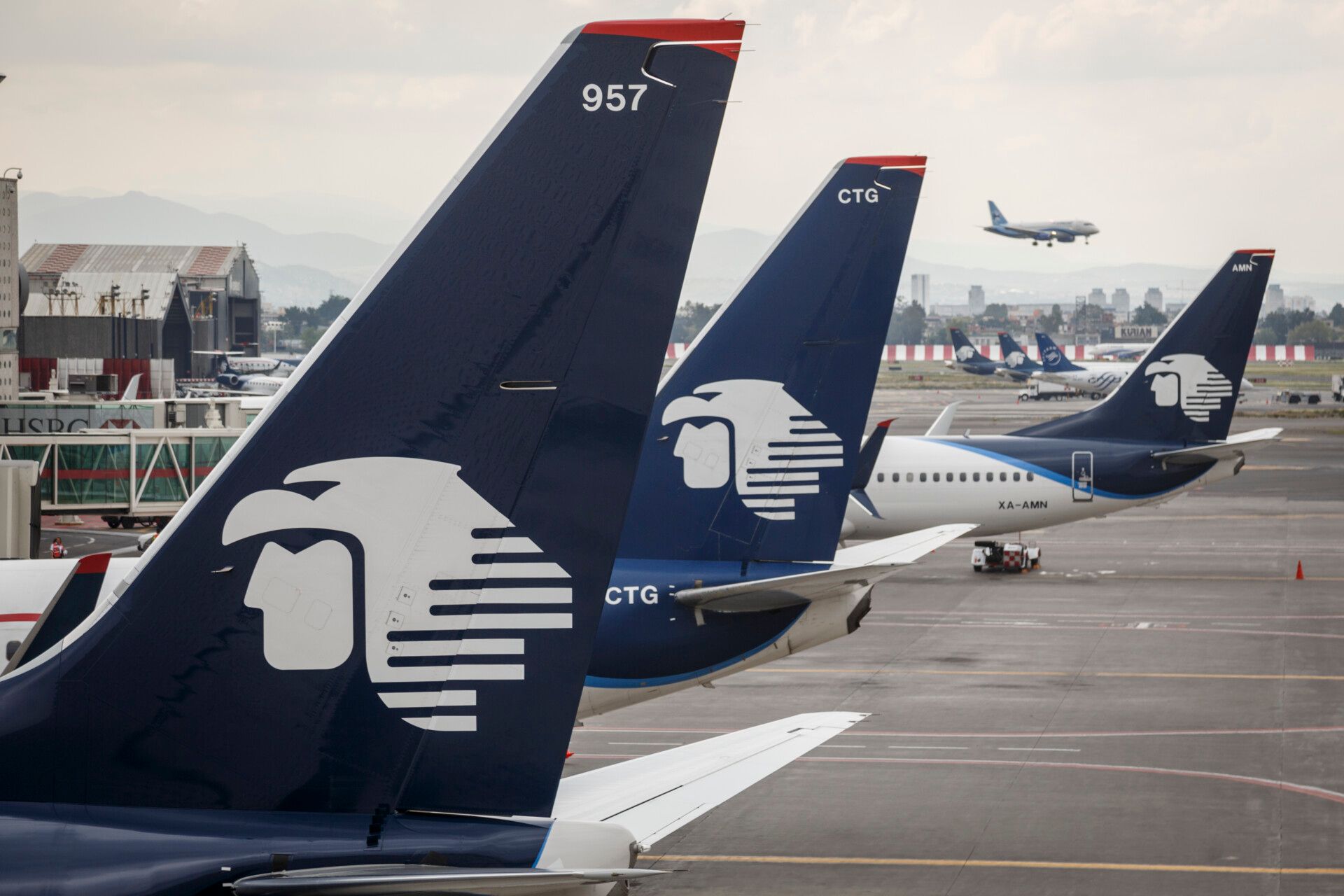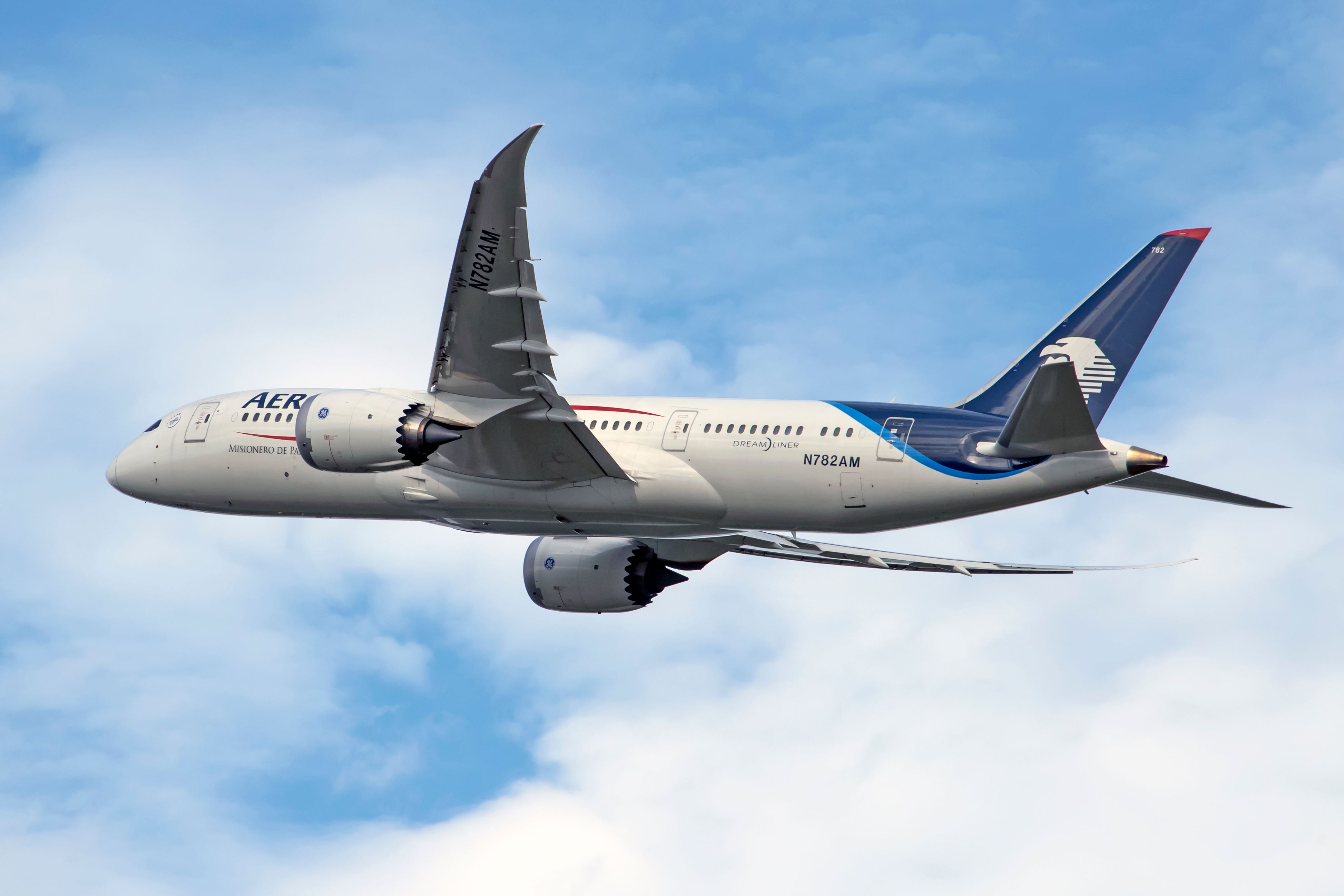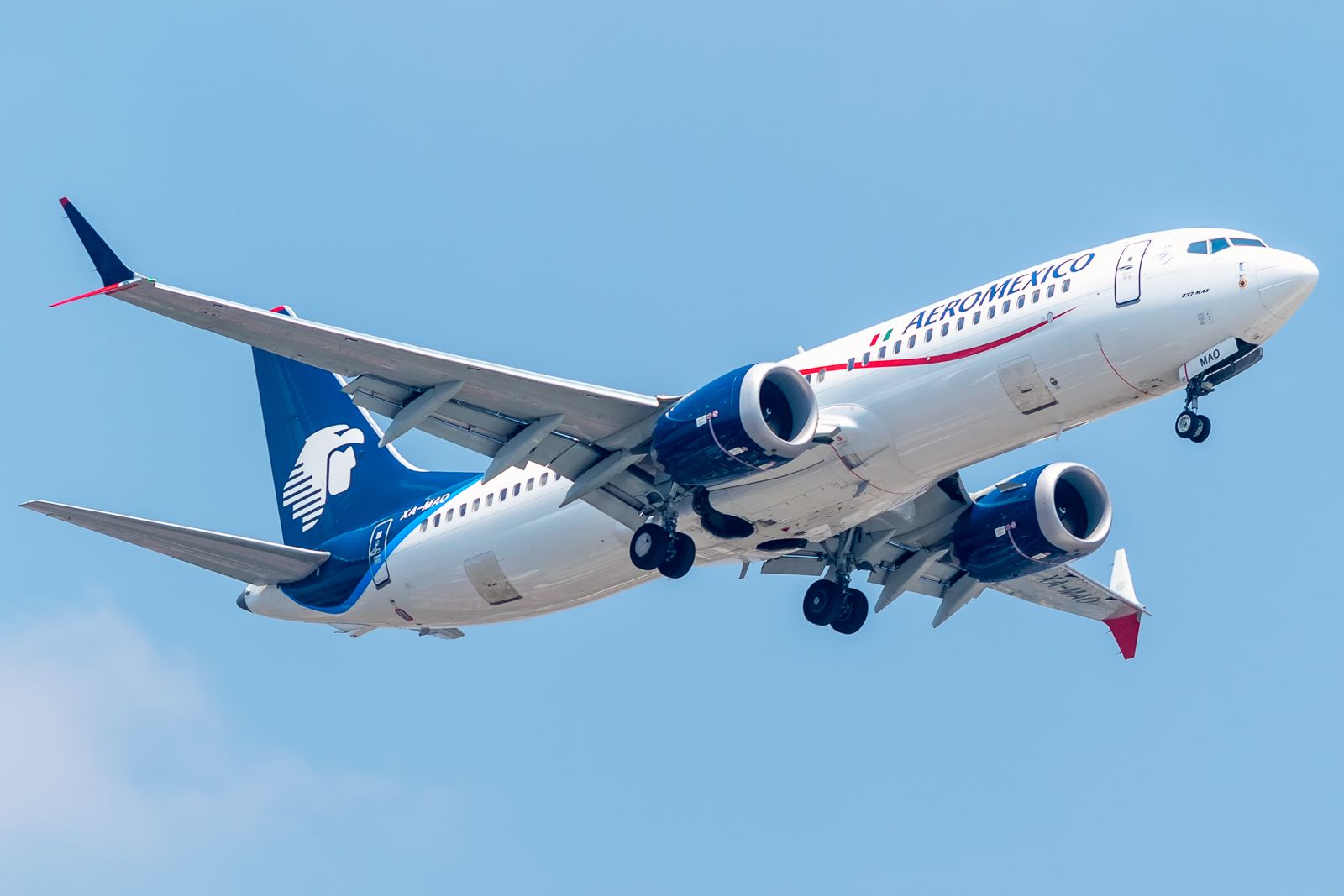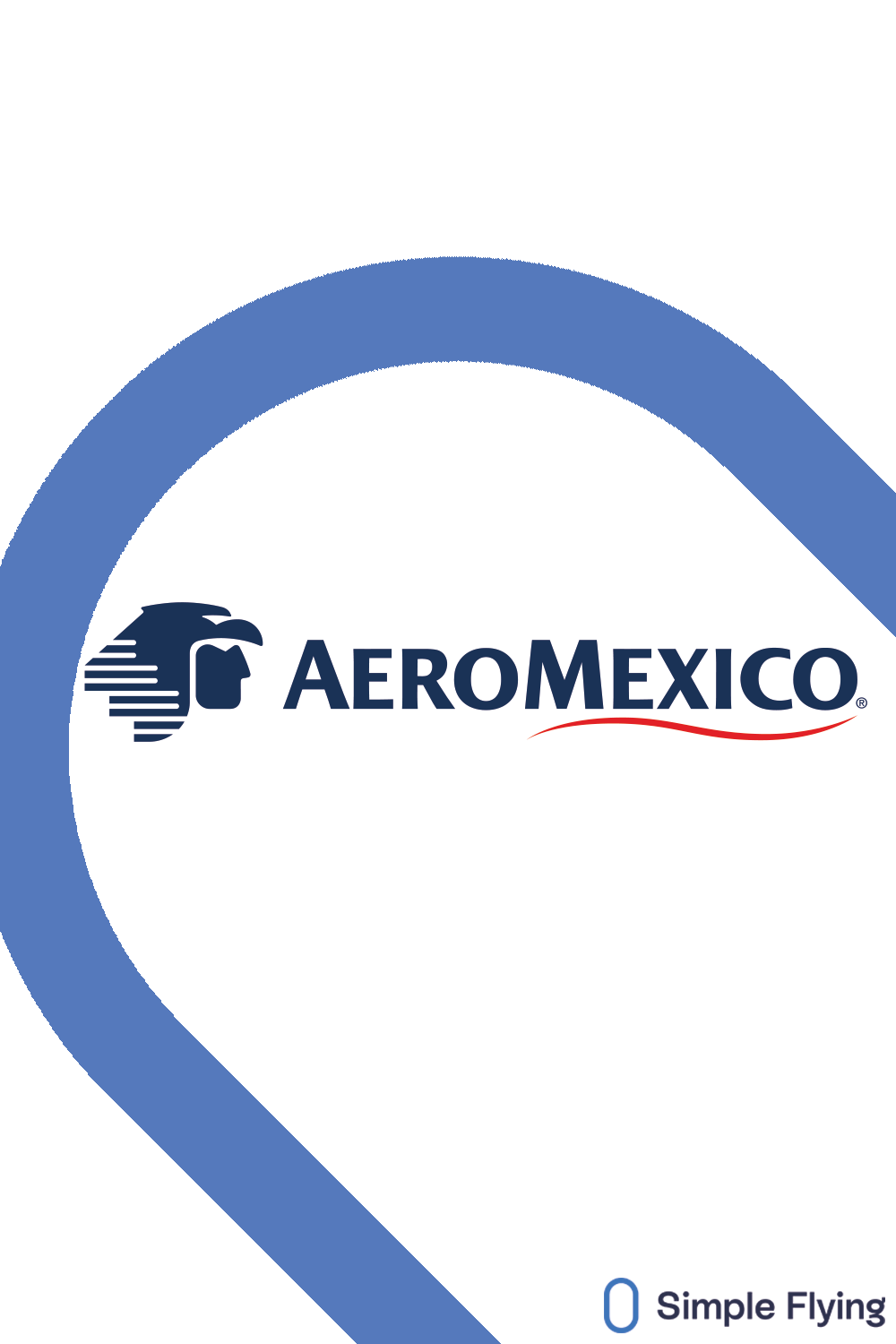Grupo Aeroméxico is Mexico’s oldest active airline and one of the most known brands across Latin America. The Mexican flag carrier is also one of the founders of SkyTeam, alongside Air France, Delta Air Lines, and Korean Air. Nowadays, Aeromexico has a fleet of 146 aircraft and has emerged successfully from a Chapter 11 bankruptcy filing during COVID, allowing it to begin growing sustainably once again.
Aeromexico’s story began on September 14, 1934. On that day, Julio Zínser flew a commercial flight onboard a Stinson SR and connected Mexico City and Acapulco. Nowadays, Aeromexico serves 48 domestic destinations and 44 international destinations in 21 countries.
Aeromexico origins
In May 1934, the businessman Antonio Díaz Lombardo acquired a Stinson SR-5A, registration NC14163. He then picked Julio Zinser, a military pilot, to operate Aeromexico’s first commercial flight. On September 14, 1934, the airline made its first commercial flight with four onboard passengers and crew members. Aeromexico operated several flights to domestic destinations like Tehuacan, Puebla, Ometepec, and Oaxaca in the next three months.
By that time, Mexico already had another domestic carrier. Mexicana de Aviación launched flights on July 12, 1921. Both Mexicana and Aeromexico served as the flag carriers in the country for many years. Even today, they remain as an icon among Mexican travelers (Mexicana ceased operations in 2010).
Photo: Daniel Martínez Garbuno | Simple Flying.
For the first two decades of its history, Aeromexico remained as a domestic operator under the name Aeronaves de México. In 1941, Díaz Lombardo sold 25% of Aeromexico to Pan American World Airways. The US carrier allowed Aeromexico to keep on growing and eventually fly internationally.
Flying internationally
In 1955 Aeromexico’s fleet was composed of 15 aircraft, including 12 DC-3s, two DC-4s, and one C-47 freighter. A couple of years later, the Mexican carrier launched its first international routes connecting Mexico City with New York and Los Angeles.
In 1959, the Mexican government nationalized Aeromexico. During the sixties, the company bought DC-8 aircraft and used two Comet IVs to establish connectivity with Europe and had a fleet of 22 aircraft flying to 23 destinations. The Mexican carrier served destinations like Panama City, Caracas, Bogota, and Madrid. Finally, in 1971, Aeronaves de Mexico changed its name to Aeromexico.
The bankruptcy and disappearance
In 1988, Aeromexico ceased operations. Between April 15 and October 1 of that year, the airline disappeared. Due to that reason, some argue that Aeromexico is no longer Mexico’s oldest carrier – instead, it is the regional ATR-based carrier, Aeromar (which shut down in February 2023).
Aeromexico’s first crisis can be traced back to 1982. That year the Mexican peso devalued 470% and the country entered economic turmoil, and Aeromexico, led by the Government, fell into a state of disarray. Aeromexico’s deadliest accident occurred on August 31, 1986, near Los Angeles, California.
After Aeromexico’s employees started a strike in 1988, and the government seized the moment and declared the carrier bankrupt, reorganizing it. Six months later, Aeromexico was relaunched. Nonetheless, Aeromexico once again fell into economic trouble in 1995, during yet another Mexican financial crisis. The government purchased Aeromexico and Mexicana.
SkyTeam
While Aeromexico was under government control, it founded the SkyTeam alliance along with Air France, Delta Air Lines, and Korean Air in June 2000. Aeromexico’s presence was significant since it opened up the Latin American and Caribbean markets from the start of the alliance, allowing SkyTeam to today to stand as the youngest but second-largest alliance.
Photo: Dewa Ketut Partana/Shutterstock
In 2003, Aeromexico also began renewing its fleet and received its first Boeing 737-700 aircraft. A few years later, in 2007, a group of private investors bought Aeromexico, allowing the airline to significantly grow
Aeromexico’s fleet and future
During the last decade, Aeromexico has had to compete with the rising low-cost carriers in the country. Despite having the biggest fleet in Mexico, Aeromexico is no longer Mexico’s leading domestic operator. Instead, Volaris has the largest market share and Viva Aerobus has edged ahead as well, leaving the carrier third in its home market. The COVID-19 crisis hit Aeromexico hard and led the airline to file a Chapter 11 bankruptcy process in the US.
However, the carrier bounced back in 2022 and exited Chapter 11 status, resuming regular operations. It has steadily grown its fleet since then too, jumping from 122 planes in 2021 to 146 as of October 2023. The fleet consists of:
- 35 Boeing 737-800
- 33 737 MAX 8s
- 18 737 MAX 9s
- Eight 787-8s
- 12 787-9s
- 40 Embraer ERJ-190s (operated by Aeromexico Connect)
The expansion has been driven by rapid deliveries of 737 MAX aircraft, with 20 planes added in 2022 alone, and one Dreamliner joining this year as well. While order narrowbodies have been retired, this has made the fleet younger and more efficient, a key effort of the revitalization. Per ch-aviation, the airline still has six more MAX 9s to be delivered along with two 787-9s, meaning it still has capacity for the future.
Aeromexico is now focusing on a two-pronged approach to its operations. Domestically, it is looking to cut costs and compete with the low-cost carriers that have significantly outrun it in recent years. Internationally, where it is much stronger, it is looking to add more flights. After Mexico regained its FAA Category 1 status, the flag carrier added a stunning 101 flights on seven routes within weeks, showing how much of the market remains to the conquered.
The airline has also improved other revenue streams, most notably rebranding its loyalty program from Club Premier to Aeromexico Rewards, bringing new spend-based mileage earning and credit opportunities. All of this will work to solidify the carrier’s future as it hopes to expand and improve its finances.
Have you flown with Aeromexico? How was your experience? Let us know in the comments below.

